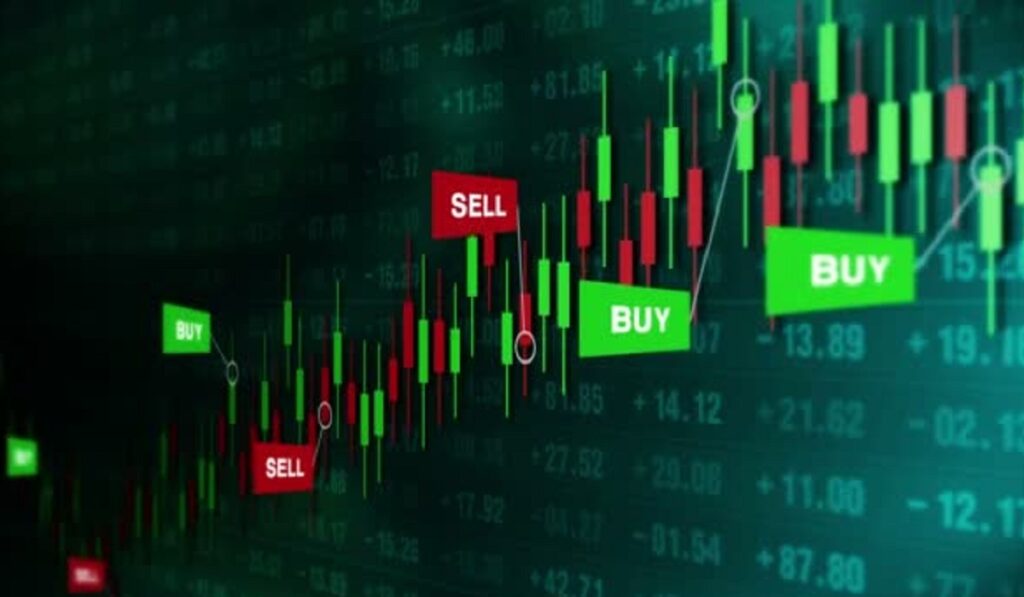Dow Jones Index Futures Trading Strategies and Tips: Mastering the Trade

Trading Dow Jones Index Futures offers an opportunity for traders to participate in the performance of the Dow Jones Industrial Average (DJIA), one of the most widely recognized stock market indices. This article provides general information, technical details, and valuable insights into trading strategies for Dow Jones Index Futures.
- Understanding Dow Jones Index Futures:
Dow Jones Index Futures are financial contracts that allow traders to speculate on the future direction of the DJIA. The DJIA represents the stock prices of 30 large, publicly traded companies in various industries, making it a key indicator of the overall health of the U.S. stock market. - Contract Specifications:
Dow Jones Index Futures contracts have specific details that traders should be familiar with. These include the contract size, tick size, margin requirements, trading hours, and expiration dates. Understanding these specifications is crucial for effective trading. - Fundamental Analysis:
Fundamental analysis involves evaluating economic indicators, corporate earnings, and news events that impact the DJIA. Traders should monitor factors such as GDP growth, employment data, interest rates, and geopolitical developments to assess the overall market sentiment and make informed trading decisions. - Technical Analysis:
Technical analysis plays a vital role in trading Dow Jones Index Futures. Traders use various tools and techniques, such as chart patterns, indicators, and trend analysis, to identify potential entry and exit points. Popular technical indicators for DJIA futures include moving averages, MACD, RSI, and Fibonacci retracements. - Trading Strategies: a. Trend Trading: This strategy involves identifying the prevailing trend in the DJIA and trading in the direction of that trend. Traders may use trendlines, moving averages, and other trend-following indicators to determine entry and exit points. b. Breakout Trading: Traders using this strategy look for significant price breakouts above resistance or below support levels. They aim to capture the momentum that follows a breakout, potentially leading to profitable trades. c. Swing Trading: Swing traders aim to profit from short to medium-term price fluctuations within the broader trend. They identify key support and resistance levels and enter trades when the price reverses from these levels. d. News-Based Trading: Traders who employ this strategy focus on market-moving news events that can cause significant price volatility in the DJIA. They react quickly to news releases, earnings reports, and economic announcements to capitalize on short-term price movements.
- Risk Management:
Managing risk is crucial in trading Dow Jones Index Futures. Traders should use stop-loss orders to limit potential losses and adhere to proper position sizing based on their risk tolerance. Diversification and having a well-defined trading plan are also important risk management techniques. - Ongoing Education and Analysis:
Successful trading requires continuous learning and staying updated with market developments. Traders should regularly analyze their trades, identify strengths and weaknesses, and adapt their strategies accordingly. Engaging in trading communities and accessing educational resources can help traders improve their skills over time.

Trading Dow Jones Index Futures can be a rewarding endeavor for those who approach it with knowledge, discipline, and a well-thought-out strategy. By understanding the fundamentals, employing technical analysis tools, implementing effective trading strategies, and managing risk, traders can aim to profit from price movements in the DJIA.
- Paper Trading and Simulation:
For novice traders or those looking to test new strategies, paper trading or using trading simulators can be beneficial. These tools allow traders to practice trading Dow Jones Index Futures without risking real money. It helps in gaining experience, refining strategies, and building confidence before transitioning to live trading. - Emotions and Discipline:
Emotional control and discipline are crucial aspects of successful trading. Traders should avoid making impulsive decisions driven by fear or greed. Setting realistic profit targets and adhering to stop-loss levels can help manage emotions and prevent significant losses. - Monitoring Market Sentiment:
Market sentiment, or the overall attitude of traders and investors, can greatly impact the DJIA. Traders should keep an eye on market sentiment indicators, such as the CBOE Volatility Index (VIX), investor sentiment surveys, and news sentiment analysis tools, to gauge market expectations and sentiment shifts. - Risk Factors to Consider:
Trading Dow Jones Index Futures involves risks that traders should be aware of, including:
Market Volatility: The DJIA can experience significant price swings due to various factors, such as economic events, geopolitical developments, and corporate earnings reports.
Leverage: Trading futures contracts involves using leverage, which amplifies both profits and losses. Traders should carefully manage leverage and understand its impact on their trading positions.
Overnight Risk: Overnight gaps can occur due to after-hours news or events, leading to potential gaps in the DJIA’s opening price the following trading day.
Liquidity: While the DJIA is a highly liquid market, it is important to consider liquidity conditions when entering or exiting trades, especially during periods of high volatility.
- Continuous Learning:
To stay ahead in trading Dow Jones Index Futures, continuous learning is essential. Traders should explore additional resources, attend webinars, read books, and follow market analysis from reputable sources. Engaging with other traders and participating in trading communities can provide valuable insights and perspectives.
Trading Dow Jones Index Futures can be an exciting and potentially profitable endeavor for traders. By understanding the fundamentals, utilizing technical analysis tools, implementing effective strategies, managing risks, and staying informed about market trends, traders can strive to capitalize on price movements in the DJIA. However, it is important to remember that trading involves risks, and traders should carefully consider their financial situation and risk tolerance before engaging in futures trading.
Disclaimer: Trading futures contracts, including Dow Jones Index Futures, carries risks and may not be suitable for all investors. The information provided in this article is for educational purposes only and should not be considered as financial or investment advice. It is advisable to consult with a financial advisor or professional before making any trading decisions.
Sources:
CME Group: www.cmegroup.com
Investopedia: www.investopedia.com
DailyFX: www.dailyfx.com
Bloomberg: www.bloomberg.com
Financial news platforms and reputable financial publications.






